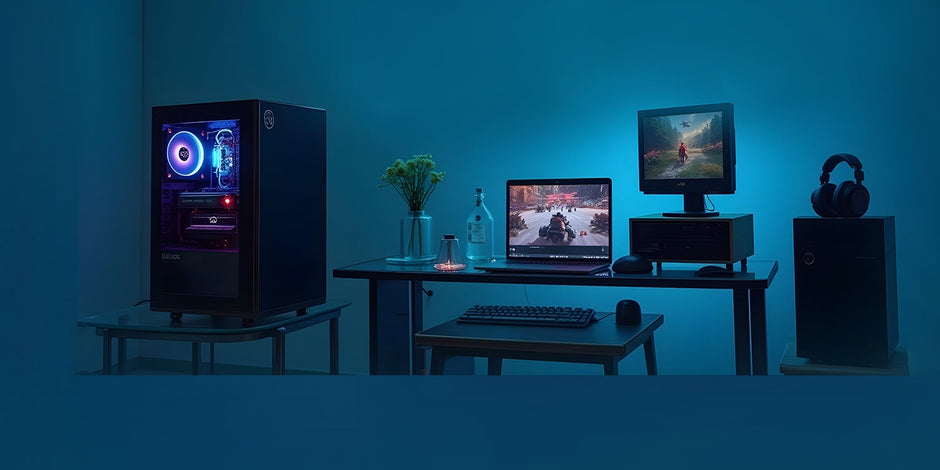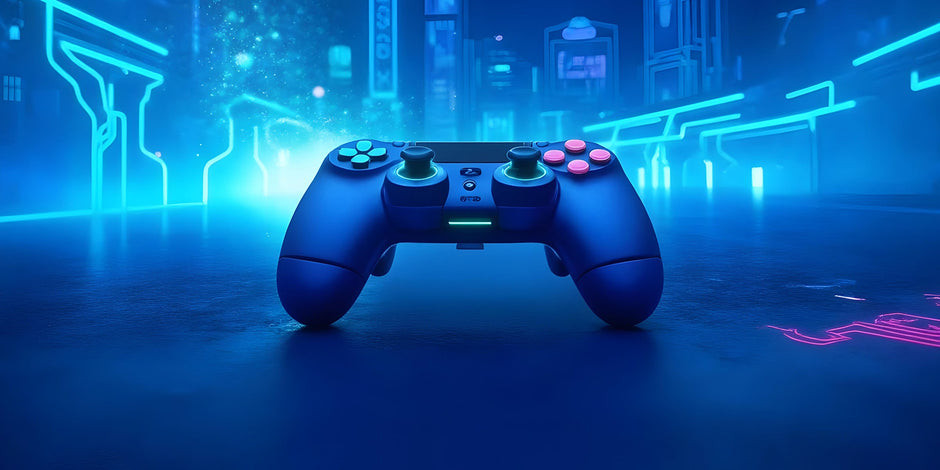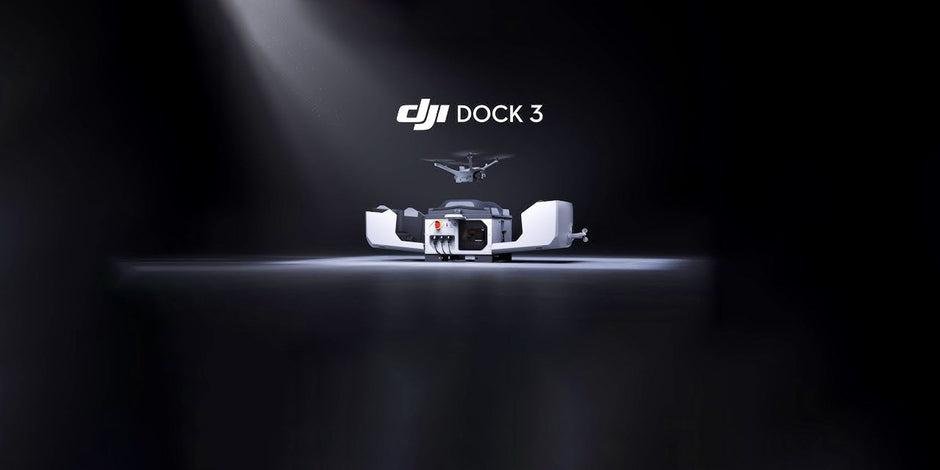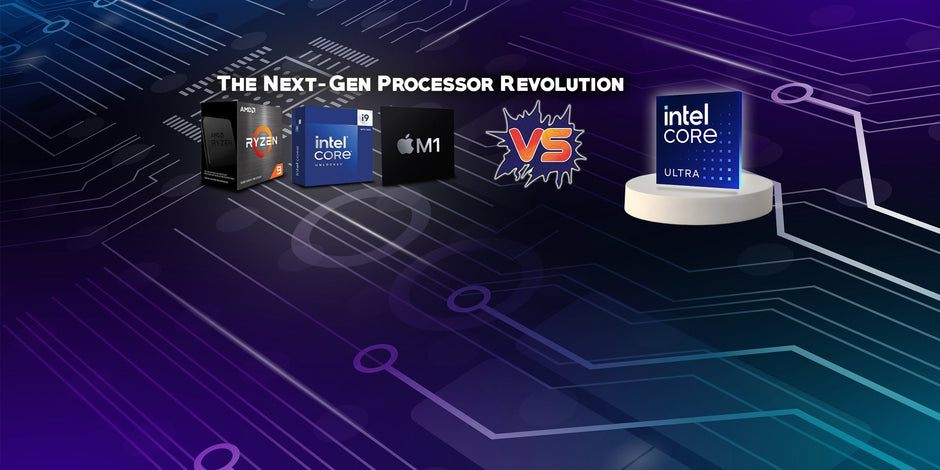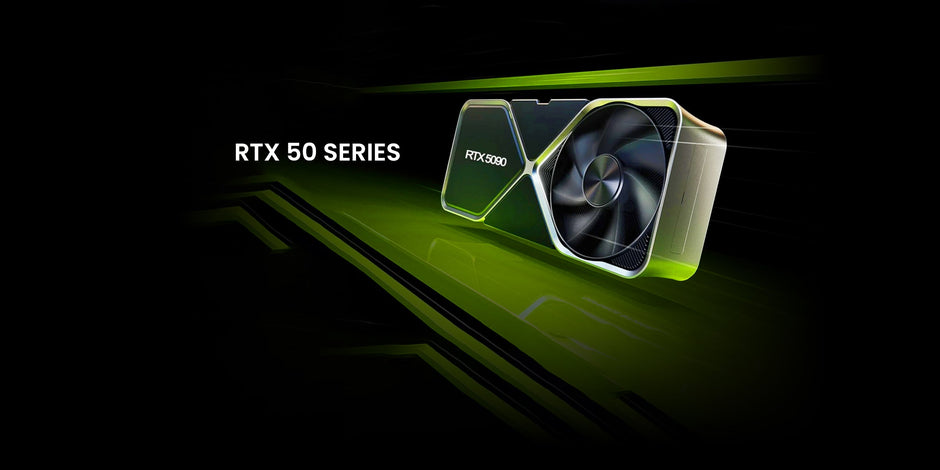In today's digital age, having a seamless connection between your desktop and monitor is essential for productivity and entertainment purposes. Whether you're setting up a workstation or extending your gaming experience to a larger screen, knowing how to properly connect your desktop to a monitor is crucial. In this guide, we'll walk you through the step-by-step process to ensure a hassle-free setup.
Understanding the Types of Monitor Connections
Before diving into the connection process, it's important to understand the various types of connections available for monitors:
VGA
VGA (Video Graphics Array) is an analog connection commonly found on older monitors and desktops. While it can still be used for basic display purposes, VGA does not support high-definition resolutions.
DVI
DVI (Digital Visual Interface) is a digital connection that offers better image quality compared to VGA. It comes in three variants: DVI-A (analog), DVI-D (digital), and DVI-I (integrated). DVI-D and DVI-I are ideal for connecting to modern monitors.
HDMI
HDMI (High-Definition Multimedia Interface) is the most common type of connection used today. It supports high-definition video and audio signals, making it suitable for both monitors and TVs.
DisplayPort
DisplayPort is a digital connection known for its high bandwidth and versatility. It can transmit both video and audio signals, making it a popular choice for connecting high-resolution monitors.
Choosing the Right Cable
Once you've identified the type of connection your desktop and monitor support, it's time to choose the right cable. Consider the following factors:
Compatibility Check
Ensure that the cable you select is compatible with both your desktop's graphics card output and your monitor's input port.
Cable Length
Choose a cable length that allows for easy connectivity without excess slack. Measure the distance between your desktop and monitor to determine the appropriate length.
Preparing Your Desktop and Monitor
Before making any connections, it's important to prepare both your desktop and monitor:
Turn Off Devices
Power off your desktop computer and monitor to prevent any potential damage during the connection process.
Locate Ports
Identify the video output port on your desktop's graphics card and the corresponding input port on your monitor.
Connecting Your Desktop to the Monitor
Now that you're ready to connect, follow these steps:
Identify Ports
Locate the appropriate ports on both your desktop and monitor for the selected cable type.
Insert Cable Securely
Carefully insert one end of the cable into the output port on your desktop and the other end into the input port on your monitor. Ensure a secure connection to prevent any signal loss or damage.

Adjusting Display Settings
Once the physical connection is established, you may need to adjust the display settings on your operating system:
Display Settings on Windows
Right-click on the desktop and select "Display Settings." From here, you can configure the resolution, orientation, and multiple display options.
Display Settings on macOS
Open "System Preferences" and navigate to "Displays." Here, you can adjust the resolution, arrangement, and color settings for your connected monitor.
Testing the Connection
After making the necessary adjustments, it's time to test the connection:
Power On Devices
Turn on your desktop computer and monitor to activate the connection.
Check for Display
Verify that your monitor displays the desktop screen from your computer. If successful, you're ready to start using your extended or mirrored display.
Troubleshooting Common Issues
In case you encounter any issues during the connection process, here are some common troubleshooting steps:
No Display
Ensure that the cable is securely connected to both devices and that the correct input source is selected on your monitor.
Poor Display Quality
Check the cable for any signs of damage and try using a different cable or port if available.
Conclusion
Connecting your desktop to a monitor is a straightforward process that can greatly enhance your computing experience. By understanding the different types of connections, choosing the right cable, and following the step-by-step instructions, you can enjoy seamless connectivity and optimal display performance.
FAQs
Q 1: Can I connect multiple monitors to my desktop?
A 1: Yes, many desktop computers support multiple monitor setups, allowing you to extend your workspace or create immersive gaming experiences.
Q 2: Do I need special software to connect my desktop to a monitor?
A 2: No, you don't need any special software for basic monitor connections. Your operating system will automatically detect the monitor once it's connected.
Q 3: How do I know which ports are compatible between my desktop and monitor?
A 3: Refer to the user manuals of your desktop computer and monitor to determine the compatible ports and cable types.
Q 4: Can I use an adapter to connect incompatible ports?
A 4: Yes, adapters are available to convert between different types of ports. However, compatibility and performance may vary depending on the adapter quality and specific use case.
Q 5: What should I do if my desktop doesn't recognize the monitor after connecting?
A 5: Try restarting your computer and monitor, checking the cable connections, and verifying the display settings in your operating system.



